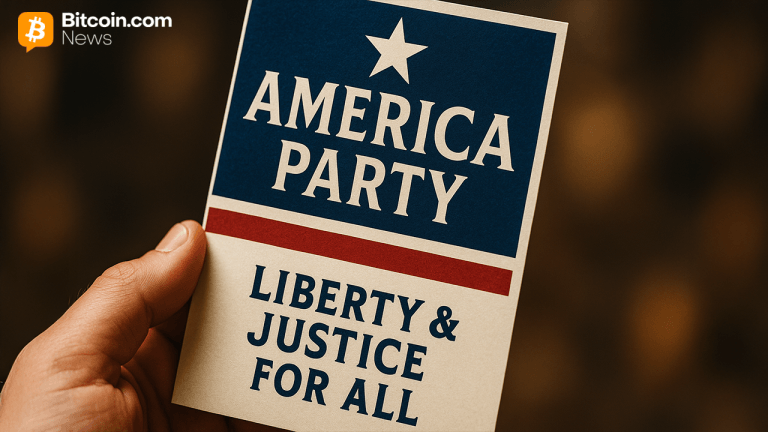Transurban pulls out of massive Maryland P3 toll lane project
3 min read
The private partner in a prominent Maryland public-private partnership dropped out Thursday, citing environmental delays, lawsuits, and disagreements with the state, in a move that leaves the fate of the country’s largest P3 in doubt.
Australian-based toll road operator Transurban, the lead partner in a consortium known as Accelerate Maryland Partners, said it had submitted a notice to terminate the preferred developer agreement to the Maryland Department of Transportation.
The project, already facing rising costs, opposition and delays, moved to shaky political ground in January when its top cheerleader, former Gov. Larry Hogan, a Republican, was replaced by Gov. Wes Moore, a Democrat, who had expressed doubts about the P3 and wanted to make some changes.
Transurban began to get “frustrated with the timeline,” said a source familiar with the deal.
The announcement came two weeks before a key deadline when team was set to submit its design and finance plans.
Transurban executed its contractual right to terminate with Maryland Department of Transportation “for failure to agree on the terms” of the agreement, said MDOT Secretary Paul Weidefeld in an emailed statement.
The state still plans to move forward to address what’s one of the most congested corridors in the country, according to Moore’s office.
The move terminates the first phase of what would be largest P3 in the world, a $9 billion project that has been dogged by controversy from the start. The 50-year design-build-finance-operate-and/or-maintain P3 would replace the American Legion Bridge on I-495, add toll lanes to the bridge and along an expanded I-270 and part of the Capital Beltway to connect to hot lanes in northern Virginia.
In October, four environmental groups filed a federal lawsuit to block the plan, and litigation from the losing bidder remains pending. In August, after the Federal Highway Administration briefly delayed issuing the so-called record of decision, Hogan blasted administration officials and complained that the price tag has already gone up by 20% after “two years of unwarranted federal delays.”
AM Partners has done extensive work on the project since the state tapped the team in February 2021, including inking a draft concession agreement, Transurban said in a March 10 market filing.
Despite the work, “the project continues to face challenges including significant delays to environmental approvals, a changing political landscape and environmental lawsuits that remain unresolved,” the firm said.
“We respect Maryland’s decision to pursue alternatives – whether that is in project scope, delivery, or partnership,” said Amanda Baxter, senior vice president of development and operations for Transurban North America in an emailed statement.
Transurban was exercising its contractual right to terminate, according to the Maryland Department of Transportation, and MDOT does not owe any payments to AM Partners, according to the governor’s office.
The termination “has no bearing on the approved federal Record of Decision for Phase 1 South, or the state’s commitment to addressing congestion issues affecting the region,” Moore said in an emailed statement.
The state now could opt to take over the project entirely or keep it as a P3 with a new partner, said Baruch Feigenbaum, senior managing director of transportation policy at Reason. One option could be going with the second bidder, the consortium led by Spanish firms Cintra and Ferrovial, which has sued over its losing bid, he said.
“There are other options available, but it’s not exactly clear where we’re going now, and it’s going to take a minimum of three months before we know anything,” he said.
Transurban’s frustrations are largely unique to the project and not a reflection of the larger P3 market, Feigenbaum said.
“There was a change in the administration, and the new governor wants to make some changes, and that could add risk,” he said, saying delays also came from supplemental environmental assessments, residents’ opposition and the fact that it’s a very large and complex project.
“So, the challenges with this project are mostly isolated.”
Transurban’s other projects in the region include the Fredericksburg Extension project on the 95 Express Lanes and the Northern Extension project on the 495 Express Lanes, also called I-495NEXT.
In its market statement, Transurban CEO Scott Charlton said, “We continue to see positive growth potential in North America and the Greater Washington Area, with regional fundamentals including high levels of congestion and a growing population.”







